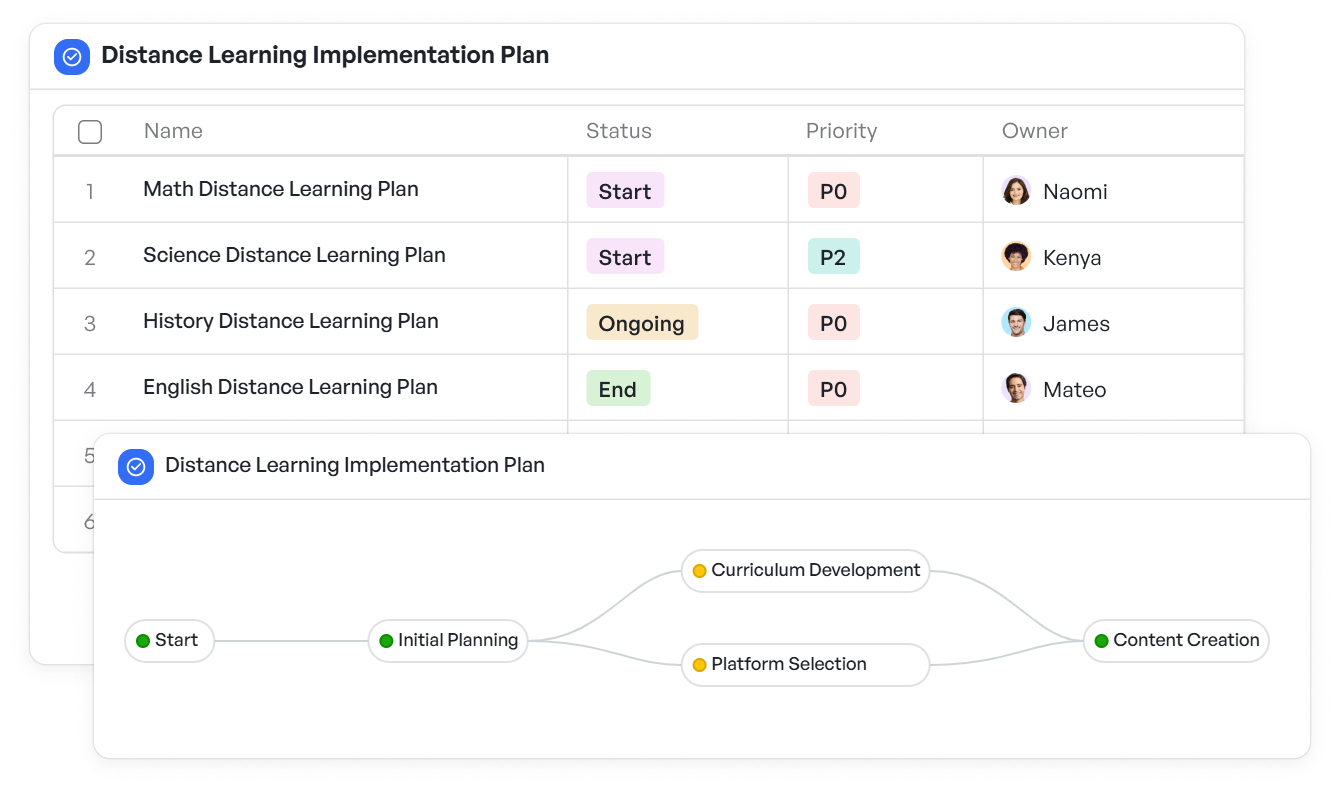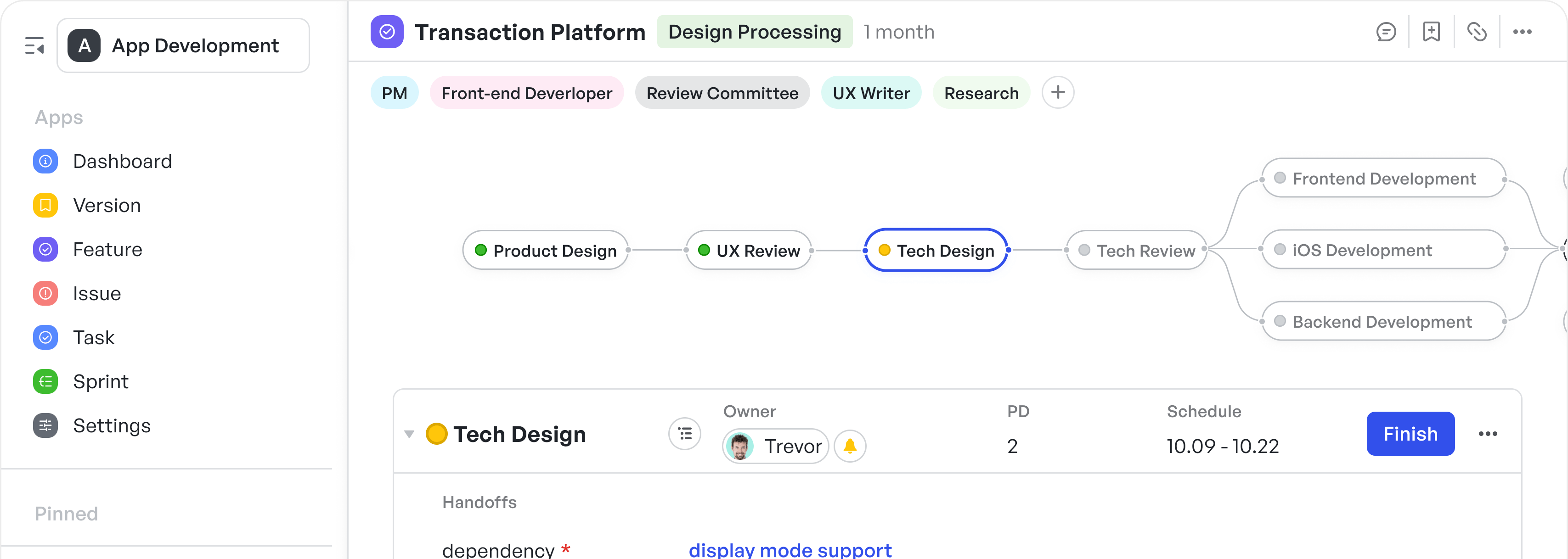How to Implement Test-Driven Development in Education: How it Shapes the Future of Learning Software

In the fast-paced world of educational technology, ensuring the quality and reliability of learning tools is crucial. Whether it’s managing learning management systems (LMS), interactive platforms, or educational apps, software developers face increasing pressure to deliver solutions that are both functional and efficient. One approach that has gained significant traction in the education sector is Test-driven development (TDD).
Test-driven development, a software development methodology that emphasizes writing tests before writing the actual code, has proven to be an effective technique for creating reliable software. But how exactly does it benefit the education sector?
This blog explores the concept of test-driven development, its relevance in educational software development, and how it contributes to better learning experiences and outcomes.
Understanding Test-Driven Development in Education
Test-driven development is an agile software development practice where developers first write tests that define how a feature should behave. These tests are then used to guide the development of the feature. The process follows three main steps:
- Write a test: Before writing any code, the developer creates a test that defines the functionality of the feature.
- Write the code: Developers write just enough code to make the test pass.
- Refactor the code: Once the test passes, developers refine the code for efficiency without changing its behavior.
In education, this approach ensures that the learning tools and systems developed meet high standards from the very beginning.
You may be interested in: 👉Extreme Programming Vs Test-Driven Development
5 Reasons Why Test-Driven Development in Education is Crucial for Software
The world of educational technology is diverse, ranging from K-12 schools to higher education institutions, online learning platforms, and corporate training. With this diversity, the tools used must be reliable, scalable, and user-friendly. Test-driven development offers a variety of benefits for the education sector:
1. Ensuring Software Quality
In education, software failures can disrupt learning and lead to frustrated students and teachers. Test-driven development helps developers catch bugs early in the process, ensuring that the final product works as intended.
By writing tests beforehand, developers can prevent critical issues from slipping through the cracks, which is especially important in high-stakes learning environments.
2. Improved Collaboration Between Educators and Developers
When developing educational software, it is vital to align the product with the needs of educators and students. Test-driven development helps foster collaboration between the teams by providing clear criteria for what the software should achieve.
Teachers and developers can work closely to ensure that features align with real-world educational requirements. Since tests define the software’s expected behavior, educators have a clear understanding of what each feature should do, making it easier to provide input and feedback.
3. Faster Development Cycles
With test-driven development, development is often faster and more efficient. Since developers know exactly what to code based on predefined tests, they can avoid the guesswork that often slows down the process.
This approach enables quicker iterations, allowing educational tools to evolve and improve continuously. With technology in education evolving rapidly, the ability to adapt swiftly is invaluable.
4. Enhanced User Experience
In the education sector, user experience (UX) is paramount. Whether it’s a student interacting with an online course or a teacher using a learning management system, the experience should be seamless.
Test-driven development ensures that the software works as expected, preventing frustrating bugs and usability issues that could negatively impact students or educators.
5. Scalability and Maintenance
As educational institutions expand or change, their software must scale and adapt to new needs. Test-driven development ensures that changes and new features can be added without disrupting the entire system.
The tests created during development serve as a safety net, allowing developers to verify that existing functionality remains intact when changes are made.
How Test-Driven Development in Education Helps with Compliance and Security in Software
Educational software often handles sensitive data, including student grades, personal information, and other confidential details. Ensuring that the software complies with data privacy regulations like Family Educational Rights and Privacy Act (FERPA) in the U.S. is crucial. Test-driven development helps address compliance concerns by integrating security and privacy testing early in the development process.
By writing tests for data handling, encryption algorithms, and access control, developers can ensure that the software meets regulatory requirements. This proactive approach prevents issues before they arise, ensuring that schools and universities don’t face legal or security breaches down the line.
To effectively implement and scale distance learning systems while ensuring compliance with these regulations, the distance learning implementation plan template provides a structured approach, guiding teams through the necessary compliance steps and ensuring smooth integration of essential features.
 Streamline the implementation of your distance learning template to ensure compliant and smooth integration.
Streamline the implementation of your distance learning template to ensure compliant and smooth integration.Real-Life Applications of Test-Driven Development in Education Technology
Many popular educational tools leverage test-driven development to enhance their development process and deliver reliable products. These tools span various sectors, including K-12 education, e-learning platforms, and corporate training.
For instance, LMSs like Moodle or Blackboard can benefit from test-driven development by ensuring that course management features, grading tools, and student assessments are working correctly. Test-driven development helps developers identify potential issues with these core functions early, avoiding any disruptions to the educational process.
Similarly, virtual classrooms and online exam platforms can use test-driven development to guarantee that all features, such as live streaming, interactive features, and test scoring, are reliable and user-friendly.
By integrating tests throughout the development process, these platforms ensure that students and educators can focus on teaching and learning rather than dealing with technical difficulties.
Test-Driven Development in Education: Its Role in Agile Projects
Test-driven development fits well within agile modelling in software development, which is widely used in educational software development. Agile development encourages flexibility, iteration, and collaboration, all of which align with the principles of test-driven development.
By incorporating test-driven development into agile processes, development teams can deliver incremental improvements to the software while maintaining high standards of quality.
This approach is particularly beneficial in projects that require regular updates and rapid adaptation, such as platforms that support ongoing courses or educational content.
With test-driven development, developers can test new features in small iterations, ensuring each update contributes to the overall user experience without introducing unforeseen issues.
How Meegle Helps Visualize Education Projects with Test-Driven Development in Education
A significant challenge for project managers in educational software development is maintaining clarity and collaboration across teams. Meegle offers visualized workflows that streamline the development process, providing all team members with a clear picture of project progress, ongoing tasks, and deadlines.
This tool ensures that developers, educators, and project managers can stay aligned on goals, deadlines, and quality standards, ultimately improving the chances of successful product delivery.
By utilizing Meegle’s visual workflows, educational project teams can more effectively manage complex projects and make informed decisions more quickly. Whether you’re dealing with multiple software development stages or streamlining your stakeholder engagement, Meegle makes it easy to track every part of the process.
Key Benefits of Test-Driven Development in Education Software
To sum up, here are the key benefits of incorporating test-driven development into educational software development:
- Enhanced software quality with early bug detection
- Faster development cycles through clearer project focus and fewer disruptions
- Improved collaboration between educators and developers for more relevant and user-friendly features
- Better user experience, ensuring reliability and accessibility
- Scalability for growing educational needs and user bases
- Compliance and security by integrating privacy and regulatory tests early on.
Boost Educational Software Quality with Test-Driven Development
Adopting test-driven development in the education sector provides significant advantages, including higher-quality software, faster development times, and better collaboration across teams. It empowers developers to create more reliable, user-centric educational tools that meet the needs of both educators and students.
If you’re looking to streamline your educational software development projects, Meegle’s intuitive features, combined with test-driven development, will set your educational technology initiatives up for success.
Empower your education teams to collaborate, test, and deliver faster—start with Meegle today.
The world’s #1 visualized project management tool
Powered by the next gen visual workflow engineRead More
Check All BlogsStart creating impactful work today



